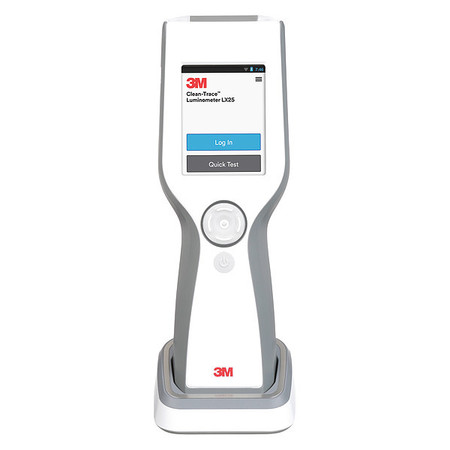Sanitary Operations in Food Processing Facilities
These requirements are a part of the Current Good Manufacturing Practices that relates to Sanitary Operations. You can see the full guide to cGMPs here
Requirements For Sanitary Operations
Inadequate storage of chemicals and poor sanitation indicate a breakdown in food safe systems
General Maintenance:
Your space and everything in it must be in good repair to prevent food from being contaminated (i.e. no leaky ceilings, which could drip in food). Your cleaning processes should protect your food, packaging, and workspace from contamination.
Cleaning Chemicals:
You must only use safe cleaning chemicals. Toxic chemicals may only be allowed in food areas if they are:
Required for cleaning
Used in lab testing
Necessary for equipment maintenance
Absolutely necessary
2. You must store toxic chemicals in a way that protects food from contamination (Label it with the everyday name and keep it away from food and packaging)
Pest Control
Pests aren’t allowed in any area of the plant. You must exclude pests in the space and only use pesticides when it won’t result in contamination of food, packaging or work spaces.
Sanitation
You must clean food contact surfaces, including utensils, tables, equipment, to protect against contamination.
1. If you process low moisture (dry) food, your food contact areas must be clean and dry before use.
2. In “wet processing” food processing areas must be cleaned before use and after any contamination occurs.
3. Paper towels, paper cups and other single-use items must be protected from contamination.
Non-food-contact-surfaces
These surfaces (i.e. walls, ceilings or anything that doesn’t touch food) must be cleaned as much as necessary to prevent contamination of food, packaging, or work areas.
Portable equipment and utensils must be stored in a way that doesn’t contaminate work areas.
Exemptions
This section applies to most traditional food processors that fall under FDA jurisdiction. However, there are some notable exceptions.
Farms
Fishing Vessels
Establishments who solely hold and transport agricultural products
Establishments who only raw process (i.e. shell or dry) nuts.
Mixed-Type farm facilities (defined in §1.227)
This Article is For You if…
∆ Your business is regulated by the FDA
∆ You operate a space where food is handled, packed, or produced.
∆ You want to understand cleanliness standards for your space.














